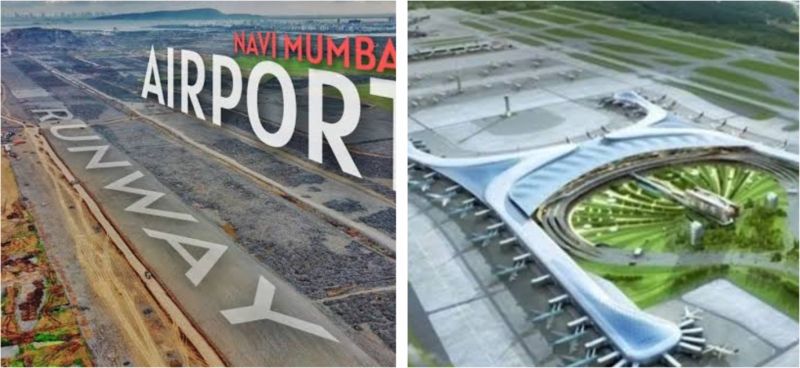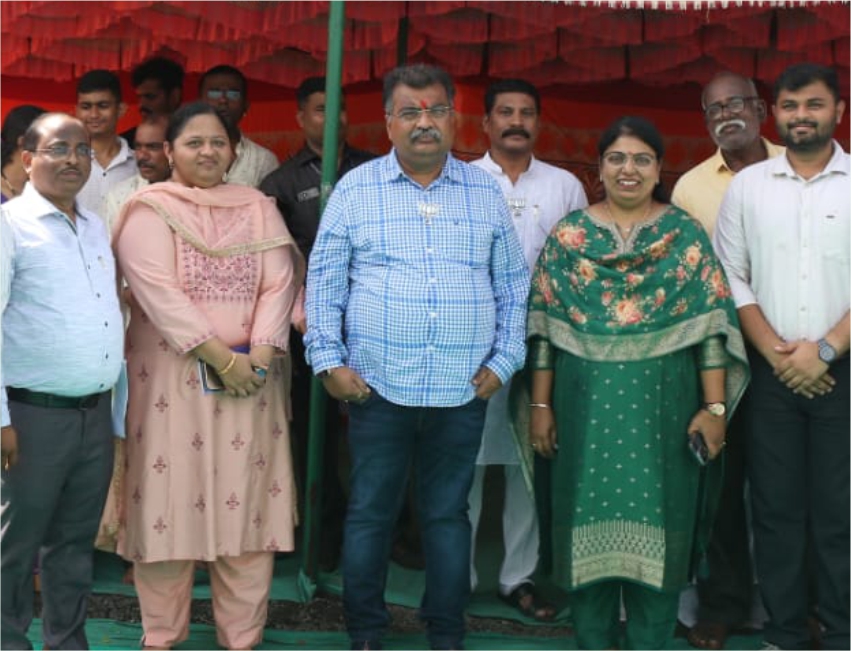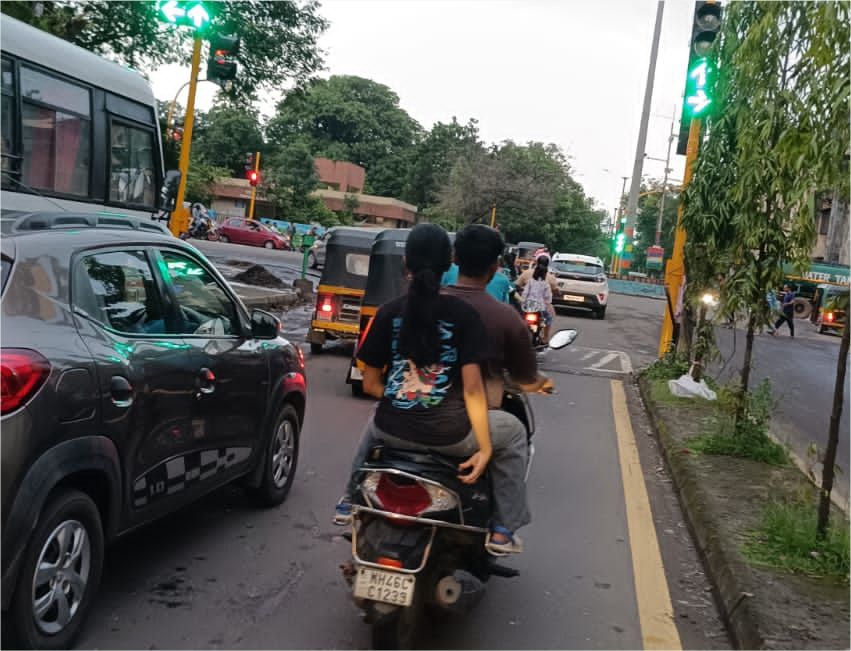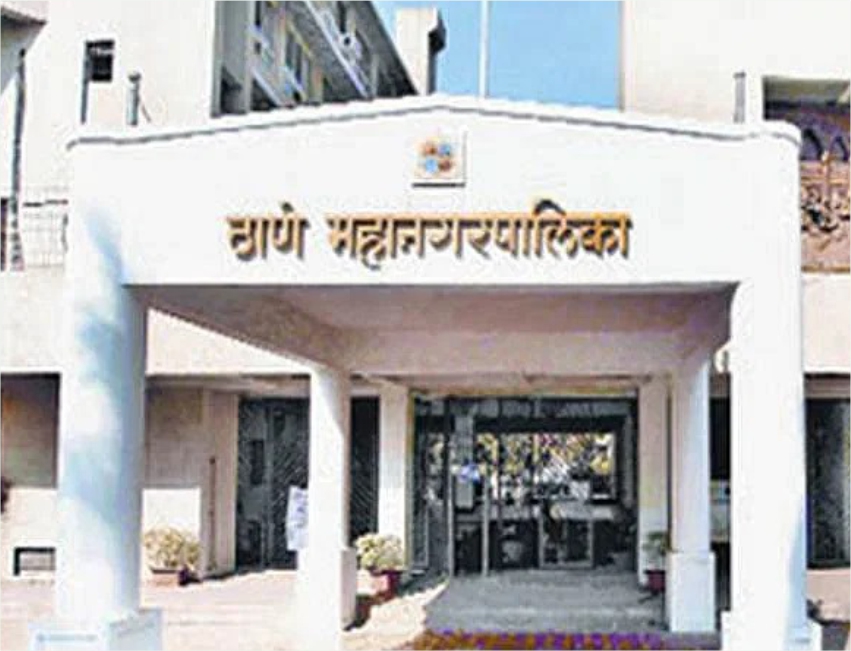Activists highlight safety risks for birds and passengers amid NMIA development

- Indrani Basu
- 01 Jun, 2024
The bird strike incident involving an Emirates airline flight on May 20 over Ghatkopar, Mumbai, resulting in the deaths of 39 flamingos, has underscored critical safety issues for both passengers and wildlife. The Navi Mumbai International Airport (NMIA) project, essential for alleviating congestion at Mumbai’s existing airport, has faced significant controversy, particularly concerning its impact on local bird populations.
Environmental activists, bird lovers, and photographers have voiced concerns over the lack of a joint investigation by aviation authorities and wildlife experts. Key factors contributing to the incident include the destruction of wetlands in Navi Mumbai, the height of power lines in the Thane Creek Flamingo Sanctuary (TCFS), and ongoing urban development projects.
Environmentalist Stalin D attributed the accident to "reckless human actions," pointing to the loss of water bodies and wetlands and the hazards posed by high-power lines. He emphasized that these issues are being exacerbated by overlapping interests in projects such as power line installations, attempts to destroy NRI and TS Chanakya wetlands, and the construction of the NMIA.
Activists have also raised concerns about local issues like stone pelting at flamingo flocks and disturbances caused by drones, which they believe divert attention from the primary issues of wetland destruction and passenger safety.
“Addressing the root causes of such incidents requires a comprehensive investigation and collaboration between aviation and wildlife experts. It is crucial to balance development with environmental preservation to ensure the safety of both human and avian populations,” shared Anarjit Chauhan, a city-based activist and Nerul resident. He remarked, “250 hectares of mangroves were simply destroyed for the NMIA despite the settled views of BNHS. Furthermore, CIDCO has ruined the flamingo zones like TS Chanakya and NRI wetlands despite the declaration of these wetlands under Thane Creek Flamingo Sanctuary. When this TCFS was inaugurated, there was a distinct buffer zone of 20 km, which has been reduced to 10 km. This kind of profit-making attitude will impact migratory bird populations, making accidents more fatal in the future for both birds and passengers.”
The Environmental Impact Assessment (EIA) Study of the ongoing NMIA project, submitted on September 6, 2021, records that birds need roosting and feeding sites for their survival. There are three large roosting sites on the eastern coast of Thane creek: TS Chanakya and NRI colony to the north-west and one near Panje Phunde to the south-west. The report states that protecting these roosting sites is being ensured at the highest level by the State Wildlife Board and various planning agencies in the region, including CIDCO, MMRDA, MCGM, and NMMC.
However, Sunil Agarwal from the Save Navi Mumbai Environment group commented, “The reality is completely different. Former CIDCO MD denied the existence of any wetlands in Navi Mumbai. Consequently, the destruction of these roosting sites of TS Chanakya and NRI wetlands was approved by MCZMA based on a letter by CIDCO MD, along with an attempt by a prominent project proponent. It’s only because of efforts by public-spirited citizens like the late Shri Vinod Punshi and organizations like the Navi Mumbai Environment Preservation Society and Save Navi Mumbai Environment group that these wetlands and roosting sites are still preserved. The matter has been dragged to the Supreme Court by CIDCO and the Adani group company. The Emirates bird strike is a stark reminder not to disturb these roosting sites if we want to avoid a big disaster in the future.”





